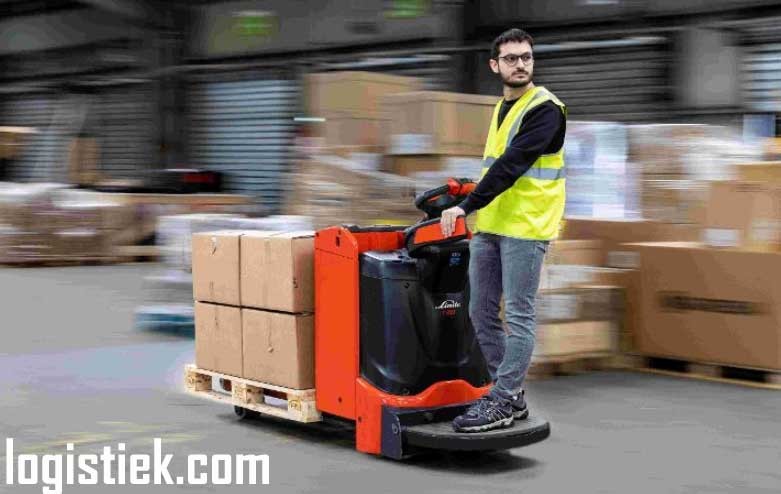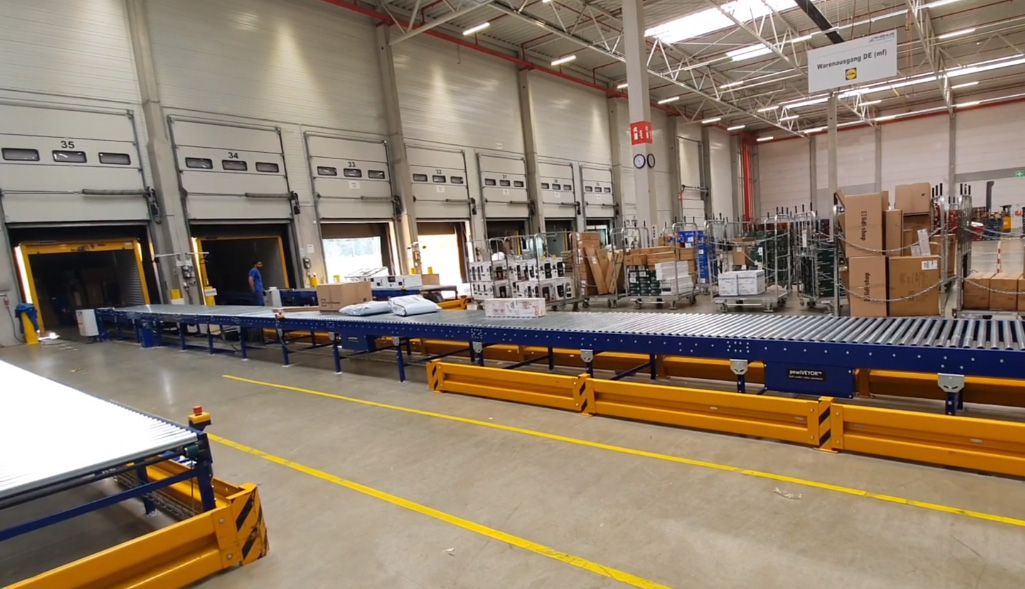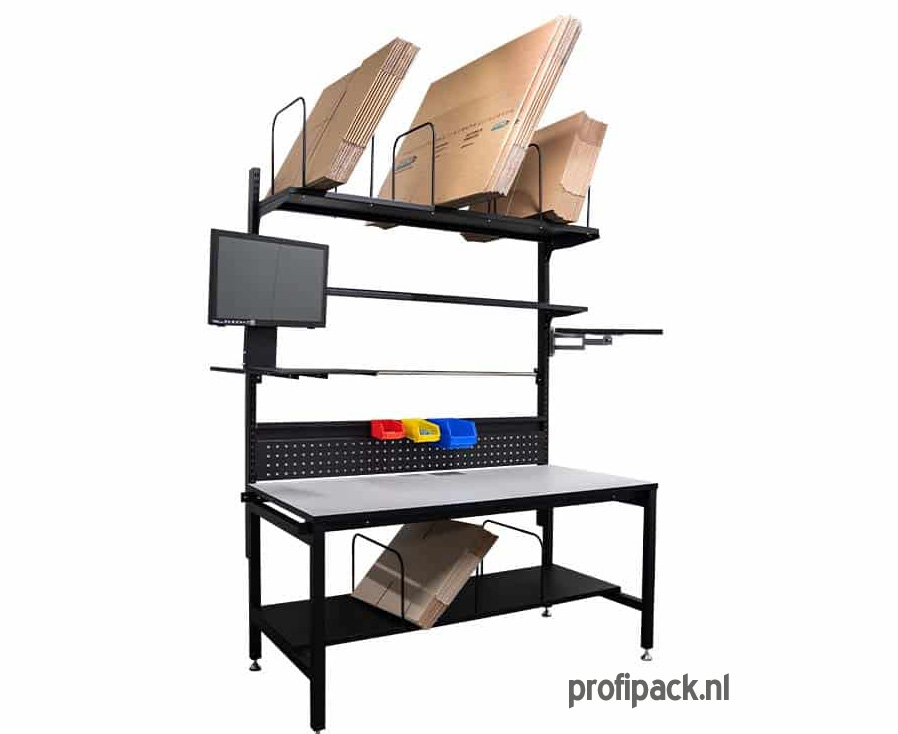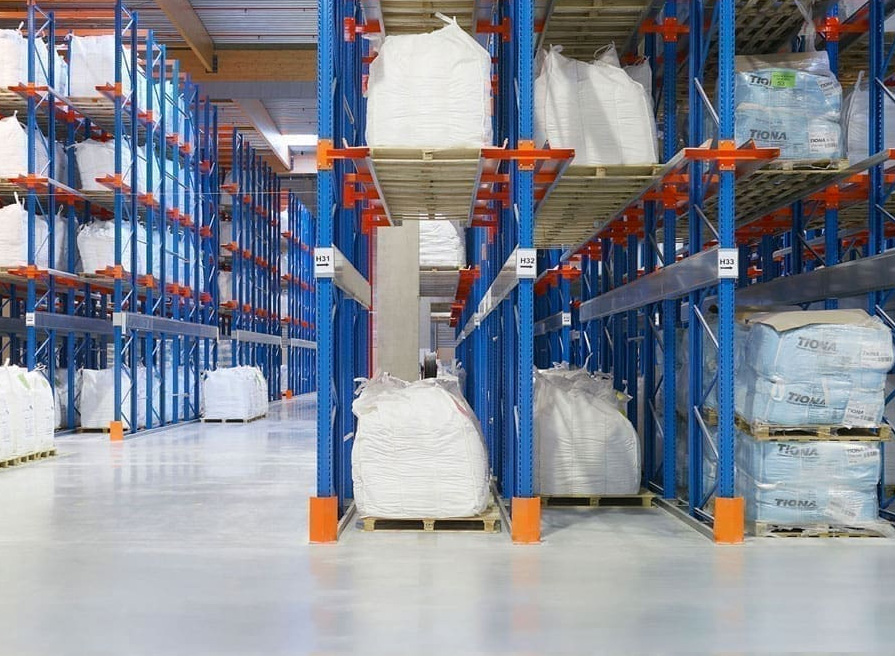In logistics, redundancy should be the standard. Have a plan B.
For years, we have advocated for incorporating redundancy when setting up logistics systems. Redundancy means having a backup system available that makes you immune to disruptions.
Globalization of production and logistics has led to a far-reaching dependence on uninterrupted supply chains. But time and again, it’s proven that you need to build in safety to guarantee the availability of goods if something goes wrong. This can be achieved by maintaining buffer stocks or emergency supplies in strategic locations, or by keeping transport capacity on hand for essential routes.
In the 1980s, globalization was a buzzword. Production was shifted to countries where labor was cheaper, or where certain products or raw materials were already readily available. This led to enormous growth in global transport and complex supply chains, enabling international companies to compete with each other. In the 1990s, this was taken to an even higher level by the rapid development of Chinese industry and the fall of the East Berlin Wall.
Two decades later, we live in a different reality. Countless examples now exist of logistical or political disruptions with serious consequences. A blockade of a food distribution center leads to empty supermarket shelves within a day. A ship stuck in the Suez Canal causes Christmas ornaments produced in China to be missing from Christmas trees. Businesses are shut down by sabotage of the internet or databases. The interruption of gas supplies from Russia leaves Western Europe in the cold. And the most recent example: if China doesn’t supply Nexperia chips to the EU, car production will grind to a halt.
For many situations, there is still no plan B. Entrepreneurs, policymakers, and logistics professionals have a duty to ensure this. Make your production and logistics less susceptible to disruptions. Build redundancy into your system, your storage or transport capacity, or develop a contingency plan. Keep in mind that this can compromise efficiency, increase product prices, and thus reduce profit margins. These additional costs must be weighed against the benefits of increased safety.
Examples of measures to increase redundancy:
– Print a list of customers and contacts (and their contact details)
– Ensure you can make bank transfers (outside of your own accounting system) from your bank account
– Keep some cash in your safe
– Purchase a Shell Street Directory and/or maps
– Maintain a small inventory of spare parts for your equipment (possibly in collaboration with other companies)
– Store inventory of a specific product in multiple locations rather than just one.




